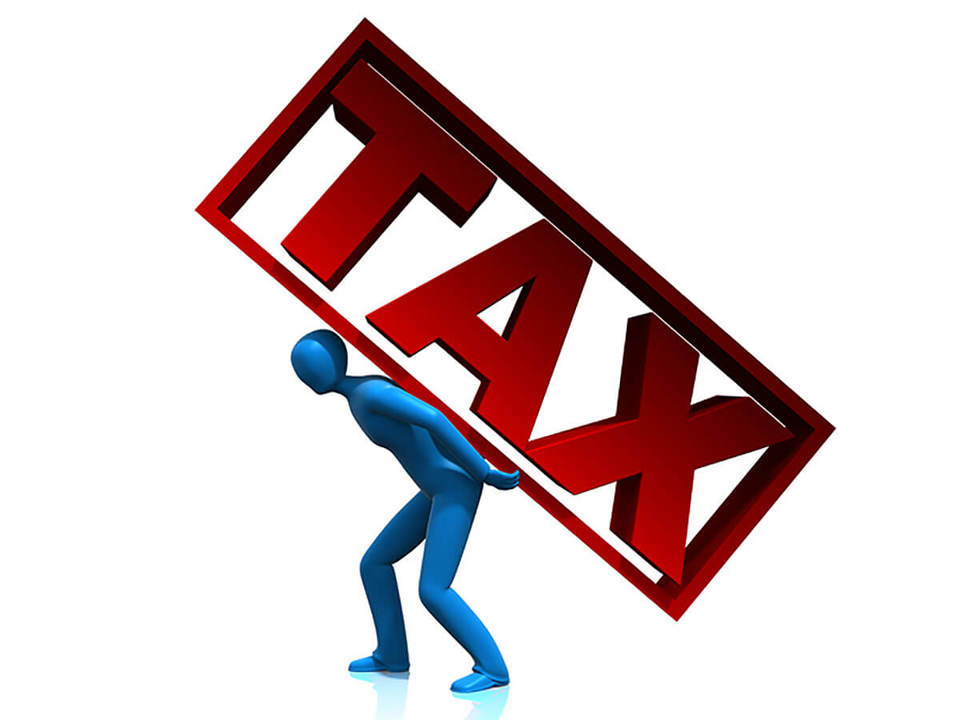Chancellor of the Exchequer George Osborne should review company car benefit-in-kind tax levels for employees who choose to drive low emission models in the 2012 Budget on March 21.
That’s the view of ACFO, which says drivers of low emission company cars are being penalised by tightening tax thresholds while drivers of high emissions cars are increasingly finding their tax bills unchanged.
Since a carbon dioxide emissions based company car tax system was introduced in April 2002 drivers have paid benefit-in-kind tax on a scale charge ranging from 15% to 35% of the list price of their vehicle, although reduced payments have applied for lower emissions models.
On April 6 the lower end of the scale charge system is being revised, which will see the scale charges ranging from 10% to 35%.
That means drivers at the wheel of company cars emitting 115-119 g/km will see their benefit-in-kind tax bills rise almost 50% in the new financial year as vehicles are catapulted into the 14% tax bracket from the 10% threshold.
Meanwhile, drivers of 120 g/km emissions models will have to fund a 50% rise as vehicles move into the 15% bracket.
Employees driving a company car with carbon dioxide emissions up to 99 g/km will continue to see their tax bill unchanged (10%) with those at the wheel of vehicles with emissions of 100 g/km to 114 g/km moving into the 11-13% tax thresholds.
Ironically, drivers of cars with emissions of 121-124 g/km will see no increase in their tax bills as vehicles will remain in the 15% tax bracket, while those driving cars with emissions of 125 g/km or higher will see bills rise as emission thresholds tighten 1%.
Linking the company car benefit-in-kind tax system to vehicle emissions has naturally driven employee demand for low emission cars. However, there remains a ‘hardcore’ of employees who continue to drive high emissions cars.
The upper scale charge has been left unchanged at 35% since the system was introduced a decade ago. In 2002/3 the maximum 35% tax charge applied to cars with emissions of 265 g/km or more (250 g/km for diesel cars), while in 2012/13 the threshold is at 220 g/km (205 g/km for diesel cars).
It means, for example that the tax bill for the driver of an Audi Q7 6.0 V12 TDI (298 g/km), BMW 750i (266 g/km) or Range Rover 4.4 TDV8 (253 g/km) has theoretically not changed in a decade.
The 2012/13 tightening of company car benefit-in-kind tax thresholds means that employees at the wheel of cars with a CO2 figure of 225 g/km and above (210 g/km and above for diesel) will see no change in their tax bills. That includes models such as the Audi A6 3.0 V6 TFSI (225 g/km), BMW 740i (232 g/km) and Mercedes ML300 CDI BlueEfficiency (230 g/km).
Latest figures linking new car emission figures to company car benefit-in-kind tax bands were not available from either HM Revenue & Customs (HMRC) or the Society of Motor Manufacturers and Traders (SMMT).
However, SMMT new car sales figures reveal that in 2010 more than 50,000 cars were registered with CO2 emissions at 226 g/km and above and a further 45,371 with emissions of between 201 g/km and 225 g/km. Anecdotal evidence would suggest that the majority of those almost 100,000 vehicles would be classed as company cars.
ACFO chairman Julie Jenner said: “Drivers of low emission company cars are following the Government’s environmental edict, but it seems their bills are rising annually with many seeing significant increases in 2012/13.
"We believe this is unfair and perhaps it is time for the Government to consider other tax threshold adjustments rather than simply tightening the screw at the lower end on a seemingly annual basis.”

















Login to comment
Comments
No comments have been made yet.